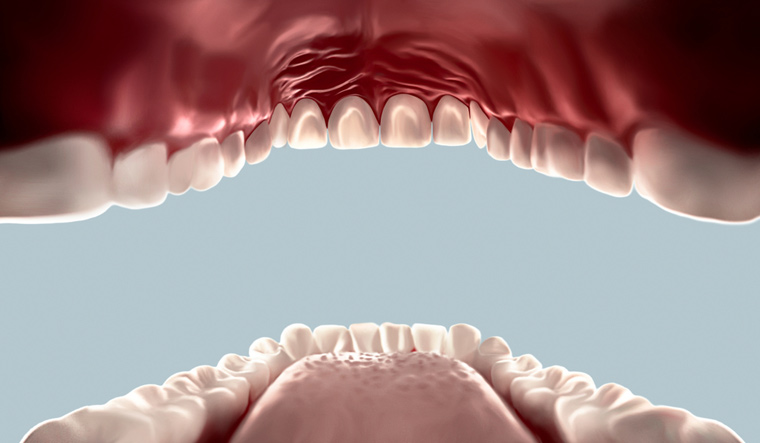New research utilising Artificial Intelligence (AI) and 3D images of the human tongue has discovered that the surface of our tongues is unique to each individual. This groundbreaking finding provides valuable insights into the biological composition of the tongue's surface and sheds light on how our sense of taste and touch differ from person to person .
The human tongue is a highly sophisticated and complex organ composed of hundreds of small buds called papillae. These papillae play a crucial role in taste perception, speech, and swallowing. Among the various types of papillae, the mushroom-shaped fungiform papillae house our taste buds, while the crown-shaped filiform papillae contribute to the tongue's texture and sense of touch.
While the taste function of the fungiform papillae has been extensively studied, little is known about the variations in shape, size, and pattern of both types of papillae among individuals. To address this knowledge gap, a team of researchers from the University of Edinburgh's School of Informatics, in collaboration with the University of Leeds, employed AI computer models to analyze three-dimensional microscopic scans of the human tongue .
The researchers trained the AI models using data from over two thousand detailed scans of individual papillae, obtained from silicone molds of fifteen people's tongues. By combining this data with the principles of topology, a branch of mathematics that studies the structure and connectivity of spaces, the AI models were able to predict the type of papillae with an impressive 85% accuracy. Furthermore, the AI tool successfully mapped the position of filiform and fungiform papillae on the tongue's surface .
One of the most remarkable findings of the study was the distinctiveness of the papillae across all fifteen subjects. In fact, individuals could be identified with an accuracy of 48% based on a single papilla. These findings have significant implications for various fields, including personalized food design, the development of healthy food alternatives, and early detection of oral cancers .
Lead author Rayna Andreeva, a PhD student at the Centre for Doctoral Training (CDT) in Biomedical AI at the University of Edinburgh, highlighted the effectiveness of topology-based features in the analysis and emphasized the need for further research on other biological surfaces and medical conditions.
Professor Rik Sakar, the senior author of the study and a Reader at the School of Informatics, University of Edinburgh, expressed excitement about the study's contribution to understanding the intricate architecture of tongue surfaces. He also mentioned the potential applications of this research in designing personalized food for specific individuals and populations, ensuring proper nutrition while enhancing the enjoyment of food. Additionally, Professor Sakar discussed the future use of AI combined with geometry and topology to identify micron-sized features in other biological surfaces, aiding in the early detection and diagnosis of abnormal growths in human tissues .


